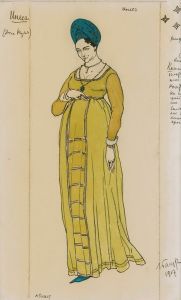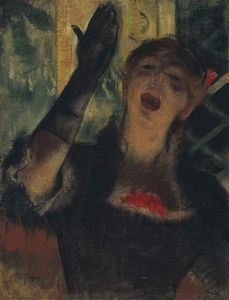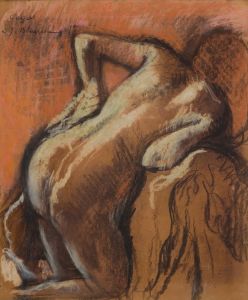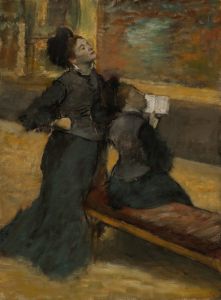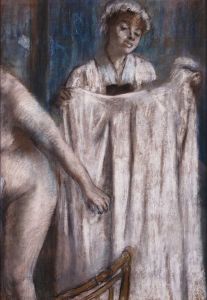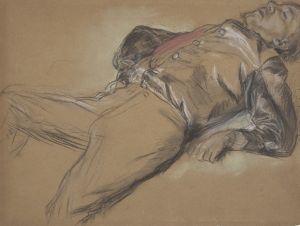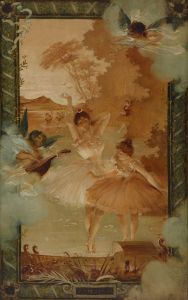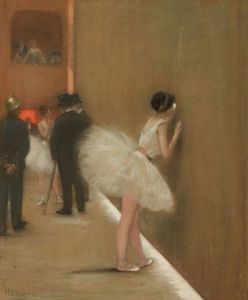
Harlequin Dance
A hand-painted replica of Edgar Degas’s masterpiece Harlequin Dance, meticulously crafted by professional artists to capture the true essence of the original. Each piece is created with museum-quality canvas and rare mineral pigments, carefully painted by experienced artists with delicate brushstrokes and rich, layered colors to perfectly recreate the texture of the original artwork. Unlike machine-printed reproductions, this hand-painted version brings the painting to life, infused with the artist’s emotions and skill in every stroke. Whether for personal collection or home decoration, it instantly elevates the artistic atmosphere of any space.
Edgar Degas, a prominent French artist associated with the Impressionist movement, is renowned for his captivating depictions of dancers, particularly ballet dancers. While there is no specific painting titled "Harlequin Dance" by Edgar Degas, his body of work includes numerous pieces that explore themes of dance, movement, and the theatrical world. Degas's fascination with dance is evident in his extensive series of paintings, pastels, and sculptures that capture the grace, discipline, and behind-the-scenes moments of dancers.
Degas was born on July 19, 1834, in Paris, France, and he spent much of his life in the city, which was a hub of artistic innovation during the 19th century. He initially pursued a career in law but soon shifted his focus to art, studying at the École des Beaux-Arts in Paris. Degas's early works were influenced by traditional academic training, but he gradually developed a unique style that combined classical techniques with modern subjects.
Throughout his career, Degas was deeply interested in the human figure and movement, which led him to the world of ballet. He frequented the Paris Opéra and its rehearsal rooms, where he observed dancers practicing and performing. This access allowed him to capture intimate and candid moments that were not typically seen by the public. His works often depict dancers stretching, resting, or preparing for a performance, offering a glimpse into the rigorous and demanding world of ballet.
Degas's approach to depicting dancers was innovative for his time. He employed unusual compositions, cropping figures in unexpected ways, and using bold angles and perspectives. This technique created a sense of immediacy and movement, drawing viewers into the scene. His use of light and color further enhanced the dynamic quality of his work, with soft pastels and delicate brushstrokes conveying the ethereal nature of dance.
One of Degas's most famous works related to dance is "The Dance Class" (La Classe de Danse), which showcases a group of dancers in a rehearsal studio. This painting exemplifies his ability to capture the tension and grace of ballet, as well as the interactions between dancers and their instructor. Another notable piece is "Little Dancer of Fourteen Years," a sculpture that depicts a young ballet student in a relaxed pose, highlighting Degas's skill in rendering the human form in three dimensions.
Degas's exploration of dance extended beyond the visual arts; he was also interested in the music and culture surrounding ballet. His works reflect the vibrant atmosphere of the Parisian theater scene, where dance was both an art form and a social spectacle. Through his art, Degas contributed to the popularization of ballet as a subject in visual culture, influencing future generations of artists.
In summary, while there is no specific painting titled "Harlequin Dance" by Edgar Degas, his extensive oeuvre includes numerous works that celebrate the world of dance. Degas's innovative techniques and keen observation of movement have left a lasting impact on the art world, solidifying his reputation as one of the foremost artists of his time. His legacy continues to inspire and captivate audiences, offering a timeless glimpse into the elegance and discipline of ballet.






